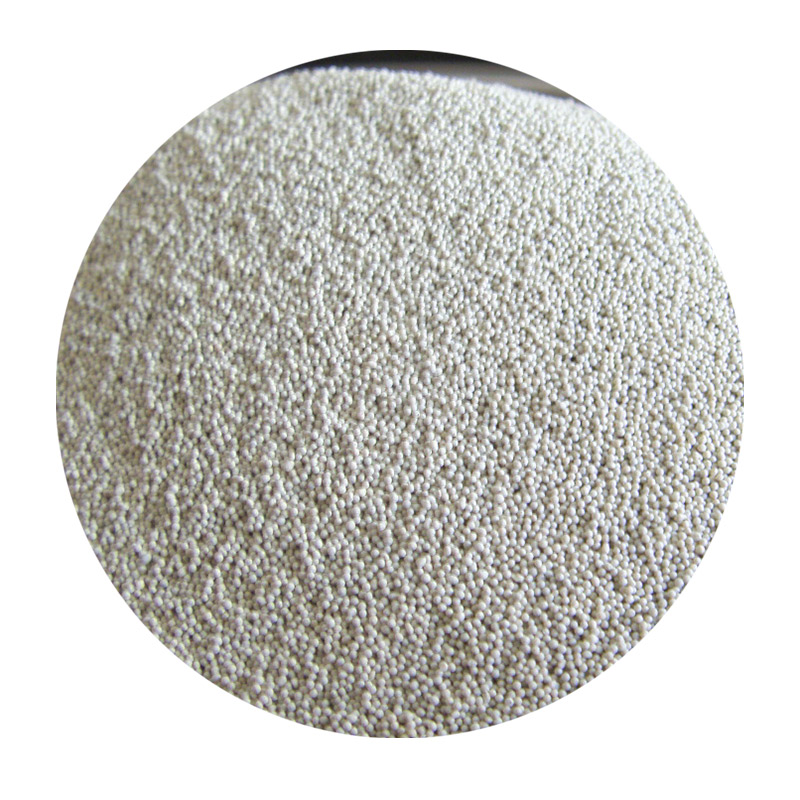Sand Casting Processes An Overview
Sand casting, one of the oldest and most versatile manufacturing processes, plays a crucial role in the production of metal components. With roots dating back thousands of years, this technique remains popular due to its cost-effectiveness and ability to create complex shapes.
The Basics of Sand Casting
At its core, sand casting involves forming a metal part by pouring molten metal into a mold made from sand. The primary materials used in sand casting are sand, metal, and a binder. The sand, typically silica, is mixed with a binder to create a mold that can withstand the heat of molten metal. Various types of sand, such as clay-bound sand or chemically bonded sand, may be used, depending on the desired properties of the final product.
The Sand Casting Process
The sand casting process consists of several key steps
1. Mold Creation The first step is creating a mold. This involves preparing a pattern, which is a replica of the object to be cast. The pattern is placed into a sand mixture, which is compacted around it to form the mold. Once the sand has set, the pattern is removed, leaving a cavity in the shape of the object.
2. Core Making For more complex geometries, cores may be required. Cores are inserts made of sand that create internal cavities within the cast part. They are placed in the mold before pouring in the metal.
3. Melting the Metal The next step involves melting the metal, which can be done in a furnace. Various metals can be used in sand casting, including aluminum, brass, iron, and steel, depending on the application's requirements.
4. Pouring Once the metal has reached its melting point, it is carefully poured into the mold through a sprue, an opening created in the mold. The metal fills the cavity and any cores, taking the shape of the pattern.
5. Cooling and Solidification After pouring, the metal needs time to cool and solidify. The cooling time may vary depending on the thickness of the part and the type of metal used.
sand casting processes

6. Mold Removal Once the metal has cooled and solidified, the mold is broken apart to reveal the casting. This process often involves shaking or vibrating the mold to free the cast part.
7. Finishing The final step is finishing the cast part. This may include removing any excess material, a process known as fettling, or surface treatments to improve the part's properties and appearance.
Advantages of Sand Casting
Sand casting offers several advantages, making it a favored choice in various industries
- Cost-Effective Sand casting is relatively inexpensive compared to other casting methods, particularly for low to medium production volumes. - Versatility The process can accommodate a wide range of metal alloys and allows for the production of large and complex shapes.
- Scalability Sand casting is suitable for both small-scale production and large manufacturing runs, adapting easily to different needs.
- Reduced Tooling Costs Unlike die casting, sand casting requires minimal tooling, which can be a significant cost saver in the prototyping phase.
Limitations of Sand Casting
Despite its benefits, sand casting does have some drawbacks. It may not produce parts with the same level of dimensional accuracy and surface finish as other methods like investment casting. Additionally, the sand mold is single-use, resulting in a longer production process for high-volume production.
Conclusion
In summary, sand casting remains a vital manufacturing process, offering a balance of affordability and versatility. Its relevance spans industries, from automotive to aerospace, ensuring its continued presence in modern manufacturing. Understanding the intricacies of sand casting enables manufacturers to exploit its full potential, ultimately driving innovation and efficiency in production techniques.
Post time:Ноя . 15, 2024 09:07
Next:buy sand casting
